Japanese Seaweed: The Superfood You Can Find Everywhere (And Should Be Eating)
All You Need To Know About The Types And Benefits Of Kaiso
Think twice before you remove that nori from your onigiri.
Since ancient times, the Japanese people have used sea plants in a variety of ways in their lives ranging from food sources, dietary supplements, plant fertilizers and medical treatments. Pastes made from seaweed were once used to heal burns, as it was believed it prevented bacterial infections and soothed the skin, a practice that in modern times is continued through the use of facemasks and seaweed-rich serums.
Seaweeds are also a staple of the Japanese diet, an essential attribute to your miso soup, onigiri, sushi, salads and nori bento — among many more. Thanks to its numerous health and beauty benefits, widespread availability and cheap cost, Japanese seaweed has become a globally recognized staple food and beauty ingredient which we can easily incorporate into our lives. But before you rush to the supermarket, read on to learn more about the different types of kaiso, their benefits and ways to use them in your daily life. Here are the key players!
Nori (海苔)
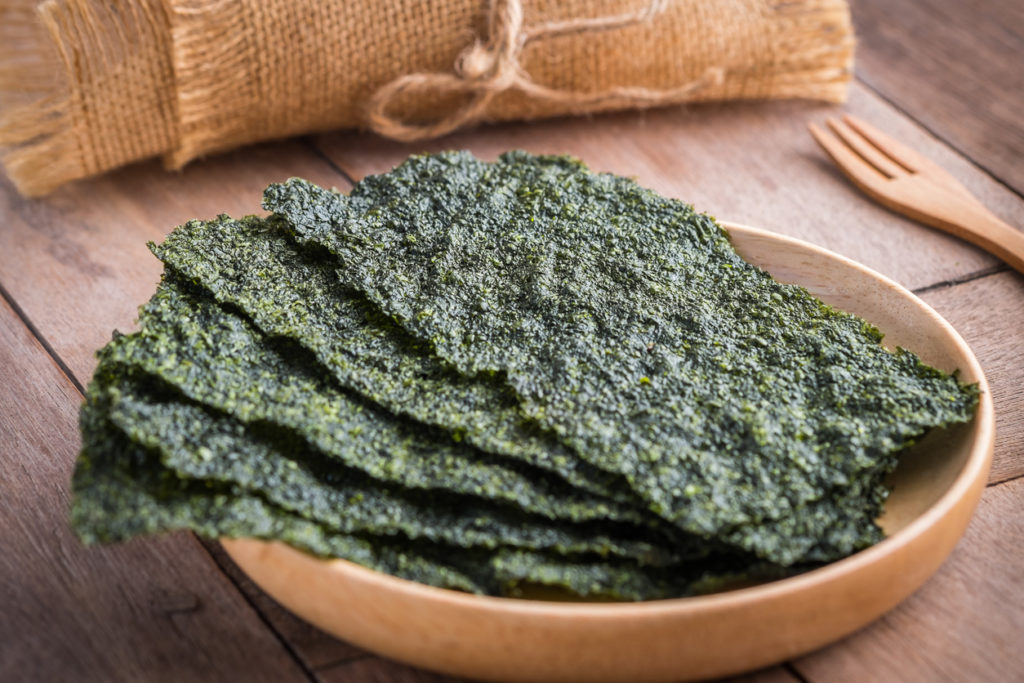
Nori is the most familiar of all seaweed and although it looks green, it is actually a type of red algae that when dried out or roasted, takes on it almost black appearance. In its most common form (think of onigiri), nori comes as roasted sheets.
With quite the impressive nutritional profile, nori is loaded with iodine, potassium, vitamin B12, and is low in calories making it a healthy snack between meals. Iodine is a mineral that is essential for your metabolism and helps the thyroid gland to function properly. Consuming one sheet of roasted nori paper will give you about half of the daily recommended intake of iodine along with about 1.2 mg vitamin B12 – an essential vitamin that supports normal functioning of the brain, nervous system as well as helps to form red blood cells.
Best way to eat it: Wrapped around your maki-zushi, onigiri or “onigirazu,” in miso soup, Gohan desu yo paste. For snacks, try Niko Niko Nori’s Coconut Nori-Sand (¥300). Simply wrap a nori sheet around your rice ball or onigiri-sandwich, or add dried nori when boiling miso soup. Gohan desu yo paste is available at any supermarkets in Japan. You can top it on your rice or even toast!
Recommended beauty products:
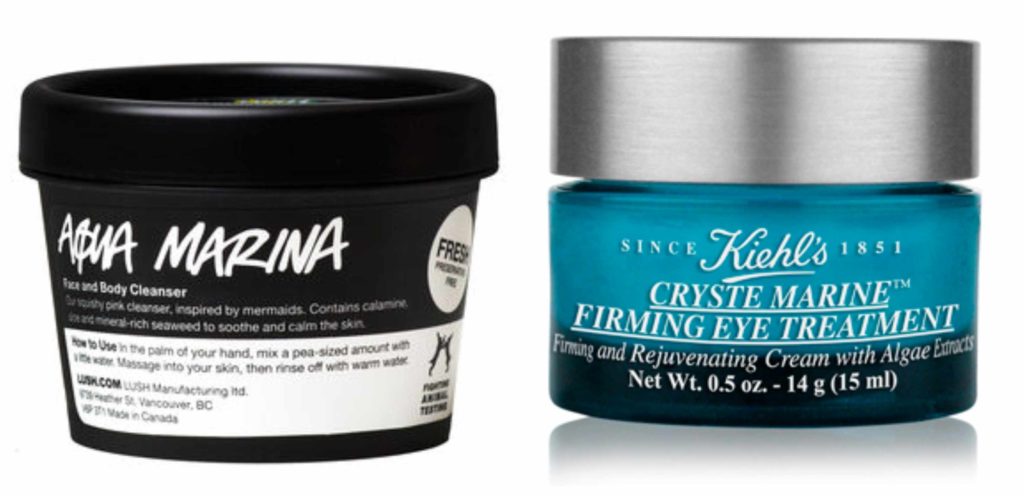
- Lush Aqua Marina Facial Cleanser (¥1,280). Aloe vera and nori seaweed combine for an ultra-gentle, softening cleanser. This unique product comes wrapped in a sheet of nori seaweed.
- Kiehl’s Cryste Marine Firming Eye Treatment (¥5,940). This firming eye treatment contains extracts from two unique types of algae to provide minerals and promote firmness.
Kombu (昆布)
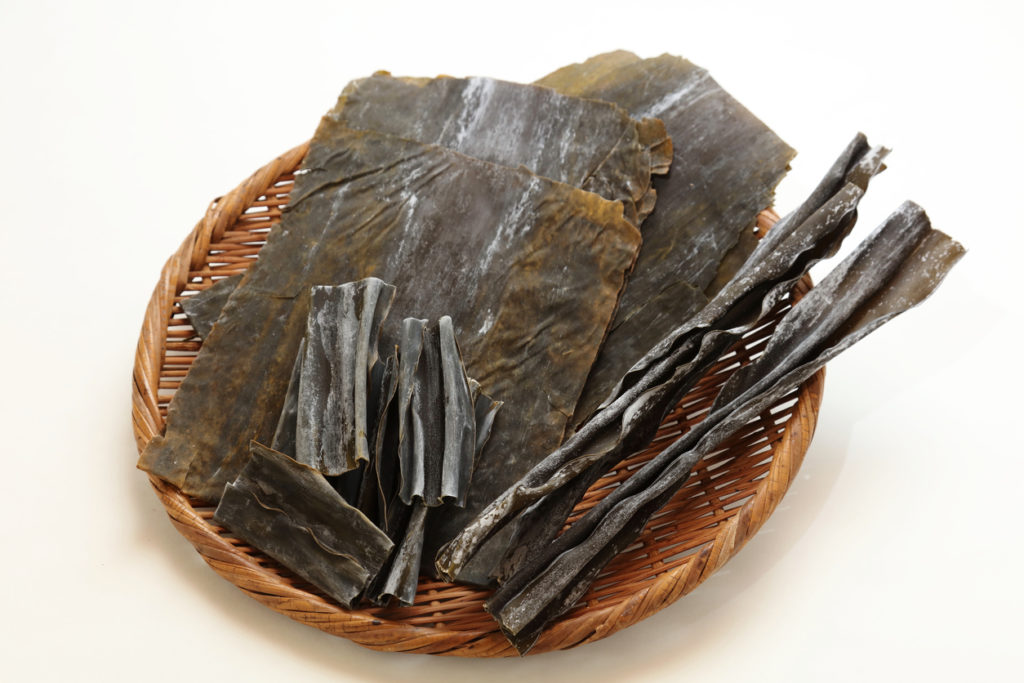
Kombu is an edible sea kelp that grows in long strips and looks exactly like what you think of if you picture seaweed washing up on the beach. Rich in calcium, Kombu has nutritional benefits which support cellular health and balance. It is a rich source of keratin and thus can contribute to shiny hair and strong nails. Other notable health benefits include improving digestion and helping to reduce gas, improving thyroid function and helping with inflammatory diseases such as rheumatoid arthritis. It is also a great source of iron (which helps prevent anemia) and dietary fiber.
Kombu is also known for its umami properties and for this reason, it is one of the main ingredients in Japanese cuisine for making dashi (soup stock).
Best way to eat it: In soup stocks for nabe, shabu shabu or other regular Japanese soups. Stir-fried with cabbage and other vegetables. Also as kombucha, a common type of Japanese tea which is rich in minerals and aids in digestion, made from dried and powdered kombu.
Recommended beauty products: Shiro’s Konome Kombu Lotion (¥2,200). A moisturizing lotion recommended for dry skins.
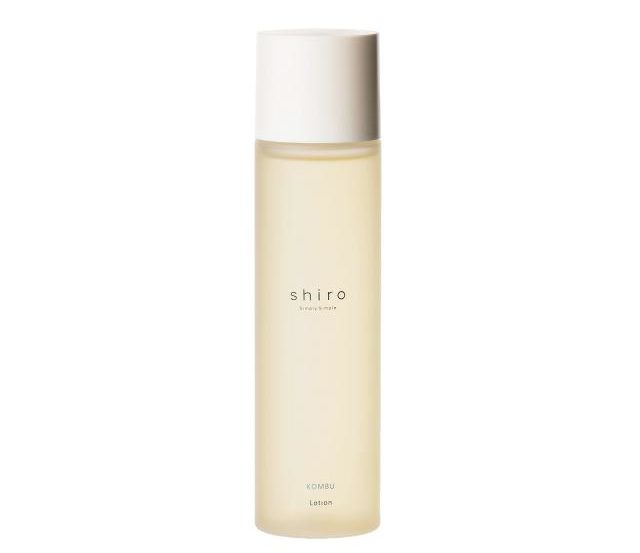
Wakame (わかめ)
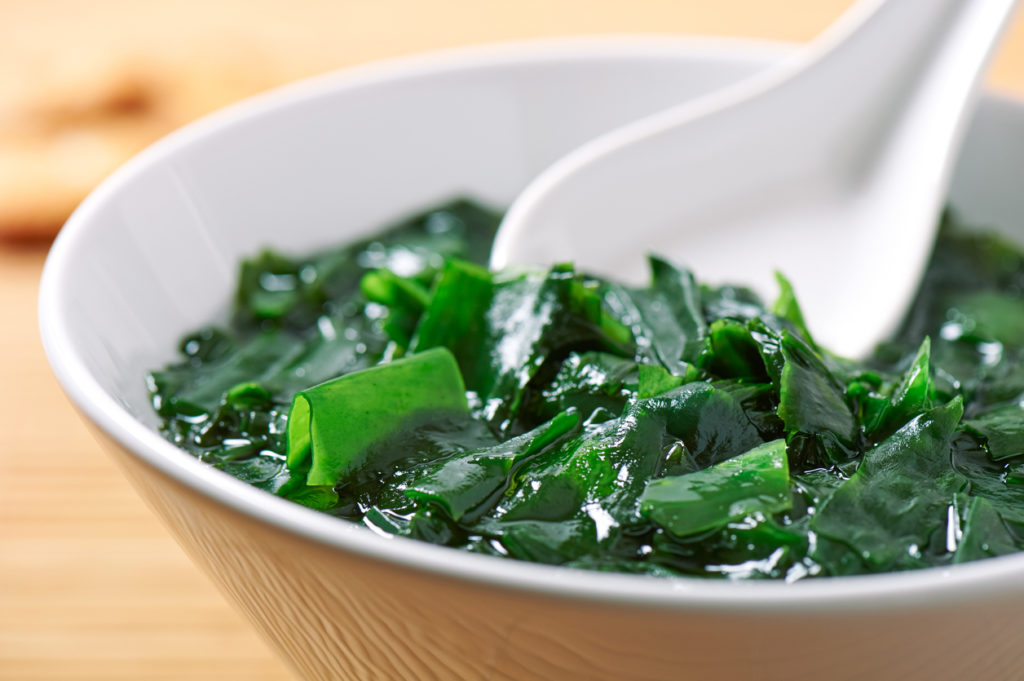
Wakame is another kind of sea kelp similar to kombu, but much more tender and succulent. It grows abundantly throughout the coastal regions of Japan, making it the third most popular seaweed after nori and kombu. It is an extremely rich source of vitamins and minerals, among which iodine, calcium, iron, phosphorus, potassium, sodium, zinc, magnesium, vitamin A, vitamin C, vitamin D, vitamin E, vitamin K, and vitamins B2. It is also packed with antioxidants. To add to that, it contains a lot of folic acids and for this reasons, it is highly recommended for pregnant women or nursing mothers.
Wakame is also a highly recommended ingredient for people with high cholesterol. It is rich in fucoxanthin which stimulates the liver to increase production of DHA, which is known for lowering the levels of LDL (i.e.: bad) cholesterol in your system. Since cholesterol is required as a building block for production of estrogen, the cholesterol-lowering effects of wakame may also help to reduce the risk of certain estrogen-sensitive cancers.
Wakame, like other seaweeds, can also balance your weight (it is filling but extremely low in calories) and support thyroid health. Extremely rich in iodine, one of the most essential components of our bodies’ hormonal balance and an integral aspect of creating the thyroid hormone, and omega-3 fatty acid, wakame helps boost our energy and helps reduce anxiety and fight depression.
Best way to eat it: As an addition to pretty much everything, including miso soups, salads, udon, tempura — and even spaghetti!
Recommended beauty products: Algas All In One Cream (¥2,648). A completely natural, mineral-rich moisturizing cream from Tokushima prefecture. It helps tighten, tone and firm the skin.
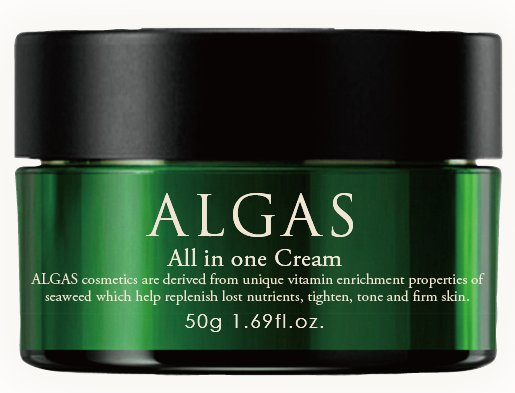
Hijiki (ひじき)
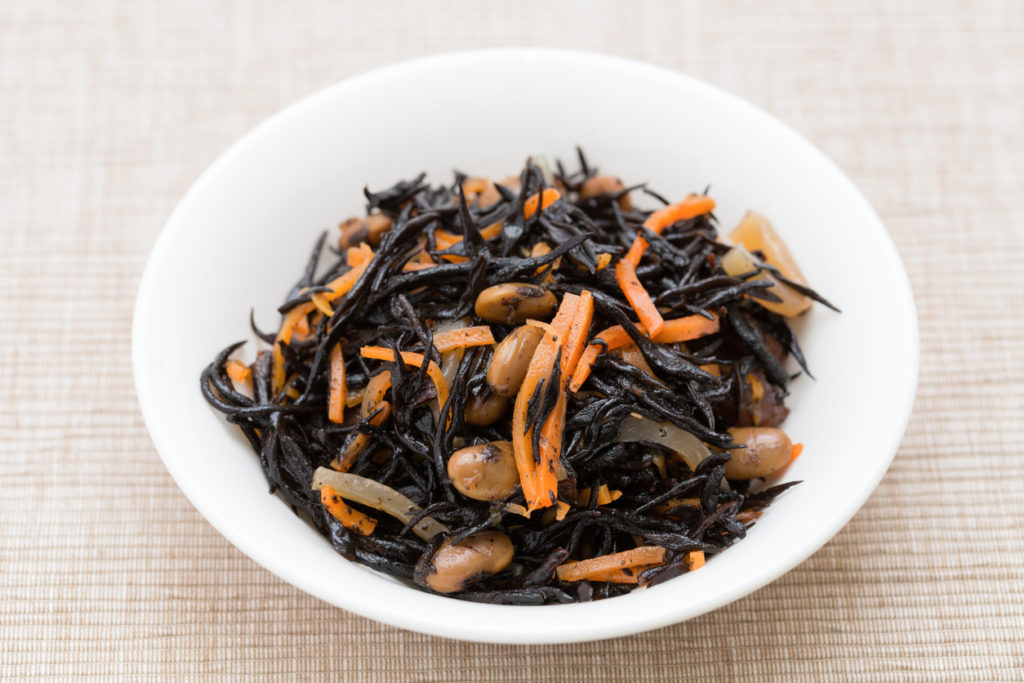
Hijiki is a seaweed that is only consumed in the form of food (for now!). It is a common seaweed found in most Japanese households and is usually sold in dried form (it sort of looks like dry black tea) in supermarkets. It is inexpensive, easy to prepare, and loaded with nutritious health benefits. Hijiki is rich in essential minerals such as magnesium, calcium, iron, as well as is a great source of healthy dietary fiber, which is why it is an essential ingredient recommended for people in need to improve their digestive health. Many Japanese still believe that regular consumption of this sea plant yields thick, black lustrous hair.
Best way to eat it: As an addition to salads and rice. Add hijiki to your rice when boiling in the rice cooker. Boil together with beans, carrots and other vegetables for a warm salad.
Mozuku (もずく)
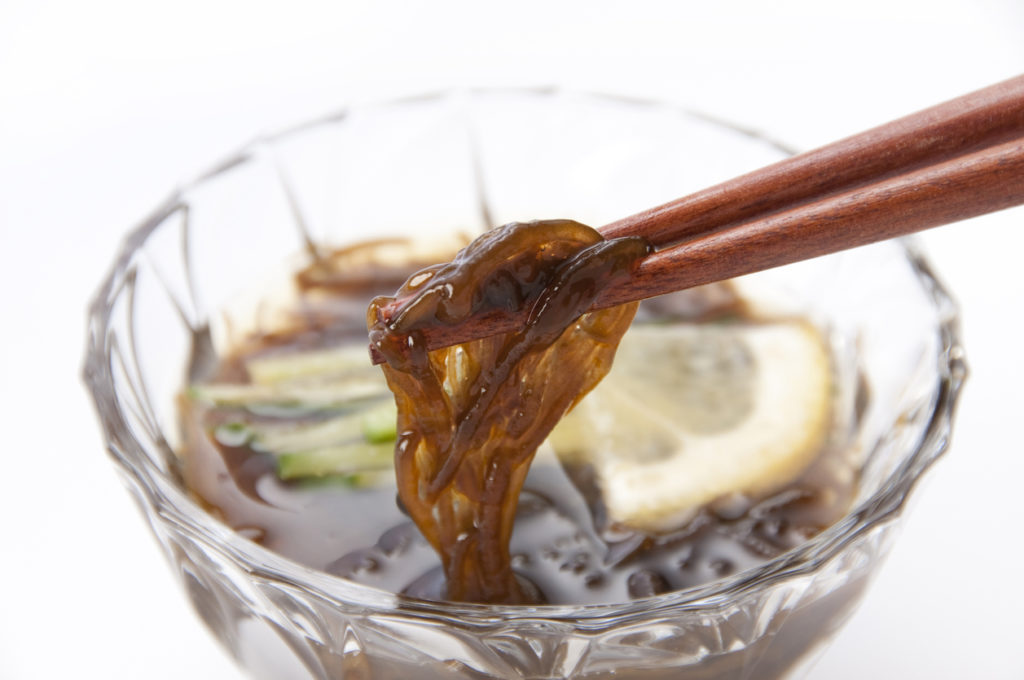
Mozuku is a brown type of seaweed that is the pride of Okinawa. Nearly 100 percent of the world’s production is made in the Southern archipelago of Japan, known for being the place with the longest human life expectancy. Though produced mostly in Okinawa, you can easily find it at any given supermarket across Japan, usually in small square packages in a vinegar dressing. Mozuku is low in calories, high in minerals and a special polysaccharide know as fucoidan, which makes it a wonderful anti-inflammatory, antioxidant, as well as immune boosting superfood. It is also high in dietary fiber — so, once again, it’s good for your gut. It will help lower your blood sugar levels, while keeping your gut microbes happy, healthy and in optimal functioning. Mozuku is also high in Vitamin K which is an essential vitamin associated with blood health. It regulates blood circulation and decreases the risk of clotting, while lowering cholesterol levels.
Best way to eat it: Mozuku salad. Mix mozuku (100g) with cucumbers (one whole) and other vegetables of preference. Add vinegar (50ml) and mix well.
Recommended beauty products: Mozu no Maho Sekken (Soap) (¥2,160).Natural soap from Okinawa made with mozuku extract. Perfect for dry and sensitive skin and helps with acne problems.
Aonori (青のり)
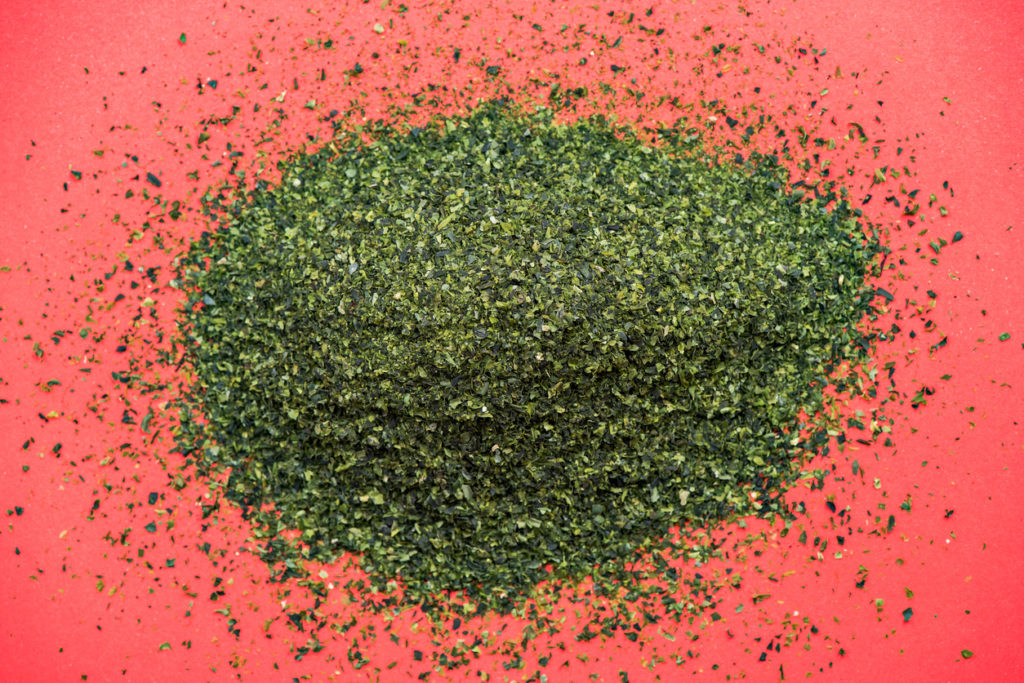
Aonori, although written and pronounced very similarly to nori, is actually a different species of sea algae than the regular nori. In Japan, it is most commonly used as a powder seasoning to a variety of dishes (including takoyaki and okonomiyaki), as well is often found in miso soup as aonori jiru. Good for your skin, digestion, healthy hair and even dental health, Aonori is filled with minerals, antioxidants and a wide range of vitamins. It is rich in vitamins like A, C, E, K and B complex vitamins like B1, B2, Niacin, B6, B12 and folate. Aonori also contains an impressive list of minerals such as calcium, sodium, potassium, magnesium, phosphorus, iron, manganese, zinc, copper, selenium, chromium and molybdenum. Aonori is a great source of dietary fiber that helps improve digestion and control cholesterol levels in the body. It also provides a good amount of omega-3 fatty acids that help control the balance between good and bad cholesterol in our systems. The consumption of a little amount of aonori goes a long way in providing the daily requirement values of nutrients.
Best way to eat it: As a dry seasoning or extra flavor to any food, including soups and omelets; as a topping for rice, toasts and french fries.
As you have already guessed correctly, seaweed is an inexpensive, easy to find and use superfood that will increase your wellbeing, detox your body, and help boost your immune system. All types of seaweed have unique health-enhancing properties and can greatly contribute to your diet when eaten moderately. To the contrary, if you intake seaweed excessively, this may increase the sodium levels in your blood and unbalance your diet in general, so please don’t think of it as a substitute to your regular meals — but more of as a small, healthy addition to your daily diet.












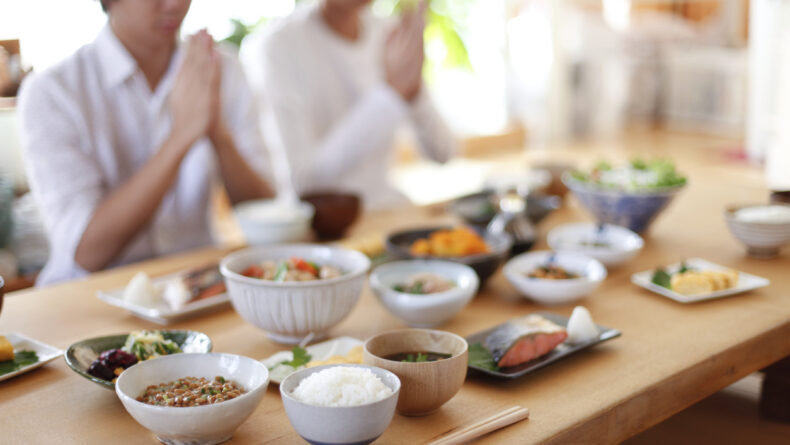
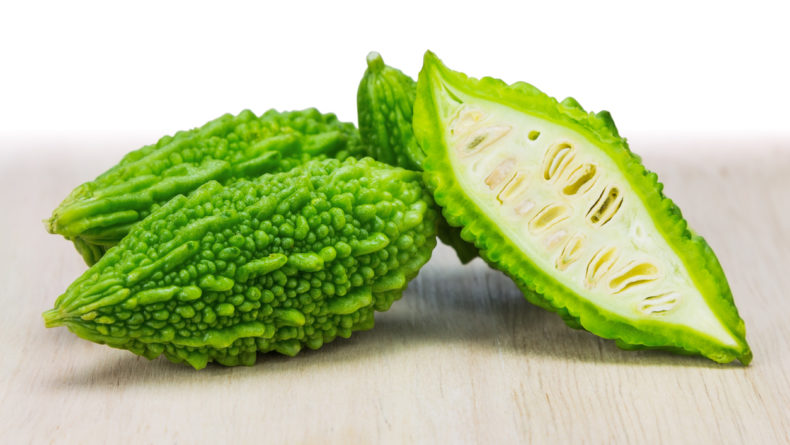
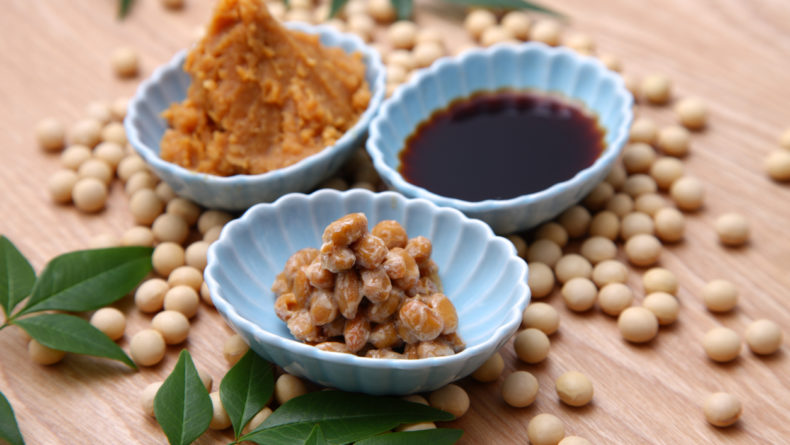
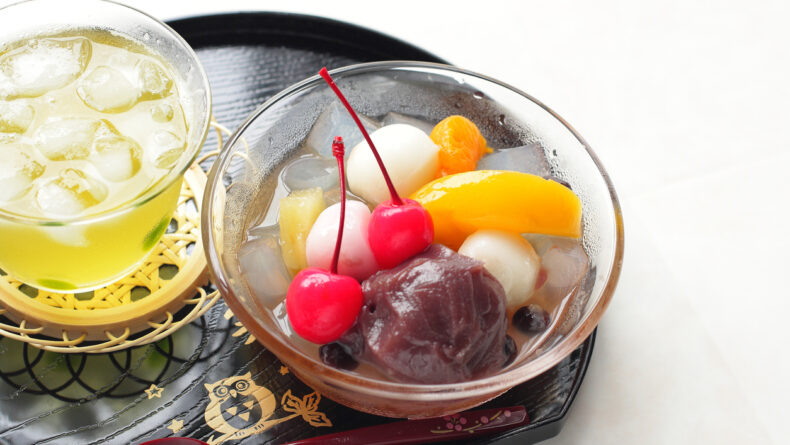
Leave a Reply